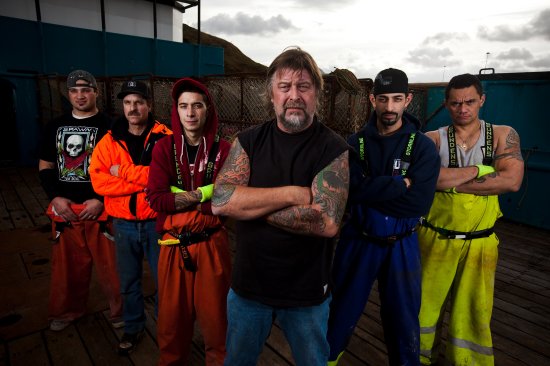
While reality TV can evoke images of glitz and glamour, Deadliest Catch definitely does not. Its 2005 premiere thrust the dangerous and dirty work of commercial crab fishing into the national spotlight. The series follows fishermen as they hunt for Alaskan king crab in the Bering Sea—an occupation that involves arduous physical labor, often in cripplingly cold weather, and comes with a high risk of injury or death. The show is unsparing in its detail of those risks, for both the fishermen and the camera crew filming them.
[time-brightcove not-tgx=”true”]
In 2010, the series transformed from a television show about working in precarious conditions to one about working through grief and loss after the death of Phil Harris, captain of the crab-fishing boat Cornelia Marie, who suffered a stroke on-screen in the 11th episode of season 6. In following Harris’s sons, who also worked on the boat and were forced to reckon with an unknown future without their father running point, the sixth season cemented Deadliest Catch as a show about family. It was applauded for its portrayal of the emotionally complex decisions the crew faced in the wake of Harris’s death—and the show received an Emmy for Outstanding Reality Program the following year. An AV Club review of the series sums it up well: “The death of Captain Phil Harris toward the end of the sixth season of Deadliest Catch resulted in some of the most riveting and emotionally wrenching episodes of any reality series in TV history.” —Annabel Gutterman